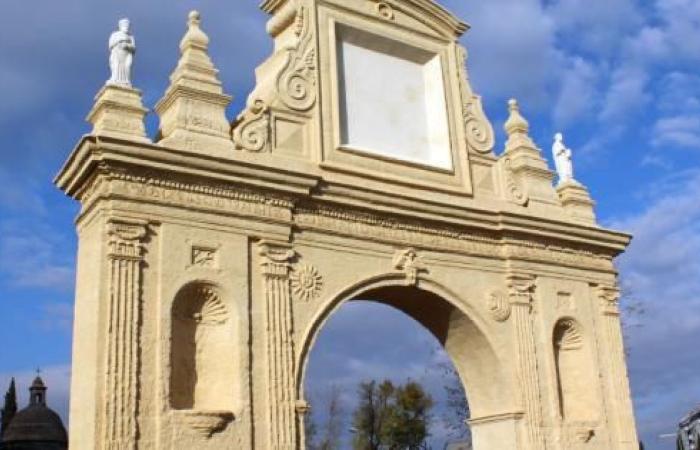A journey of over 240 kilometres, from Foggia to L’Aquila, along the Tratturo Magno and other royal sheep tracks, the grass paths that shepherds have used for centuries, together with millions of sheep, from the summer pastures on the Apennine plateaus in Molise and Abruzzo, to the winter ones on the Tavoliere delle Puglie. A journey on the ridge between past and present, between landscapes and towns full of hidden treasures, memories, life stories of those who still practice the profession of shepherd, cheesemaker and weaving today. Through this geographical and cultural plot, the Kairostudio crew began filming “Le vie della lana”, a documentary film intended for the national and international television market, conceived as a unitary and, as far as possible, complete narrative of the civilization of transhumance, which UNESCO, not surprisingly, has declared since 2019 an intangible cultural heritage of humanity (but has shamefully excluded Foggia from the symbolic places of transhumance, i.e. the headquarters of the Customs with the government of all the central-southern sheep tracks, ed.).
Under the direction of Daniele Di Domenico, the photography of Eric Tornaghi, the production management of Virginia Liverani and the coordination of the set by Nicolò Cicala, the film project of “Le vie della lana” was financed by the European Union, out of funds from the Next Generation Eu – Pnrr (Digital Transition for Cultural Organisms), and boasts the support of the Gran Sasso Chamber of Commerce of Italy, the Chieti and Pescara Chamber of Commerce, the Municipality of Cugnoli, and the sponsor Cantina Marramiero.
“Our objective with this fascinating journey – explains Daniele Di Domenico – is to tell the story of the sheep track and the territory that surrounds it, in its entirety, in a unitary vision, in search of what is still alive and present in the millenary civilization of sheep farming, to make a large public aware of an immaterial, intimate journey of sometimes surprising beauty, which maintains great cultural value and has enormous potential for tourism enhancement. Many parts of the sheep track no longer exist, the great highway of grass as wide as a football field is often barely perceptible and legible to a trained eye, along agricultural landscapes now marked by wheat, vines, olive trees and saffron. But along the territories that the sheep track crossed, the traces of a common history are still present and visible – continues the director -, sedimented in traditions, in dialects, in religious devotion, in gastronomy, in music”.
The journey, on foot and in a camper, could only start from the Tavoliere delle Puglie and Foggia, which has always been an ancient capital, where King Alfonso of Aragon, in 1447, decided to establish the Royal Customs of the Sheep Mena, reorganizing an already centuries-old practice, that of transhumance, in a codified fiscal, logistical and legal system, through the sheep tracks, the 111.6 meter wide grass paths, for the exclusive use of passage, in autumn and then in spring, of the imposing flocks, thus creating what until the abolition of the Customs of Foggia, by the French, with a decree by Giuseppe Bonaparte in 1806, became the first source of wealth for the southern kingdoms. Not only did the abolition of customs contribute significantly to the slow decline of transhumance, but also the arrival in Europe in the mid-nineteenth century of wool from Australia, Argentina and New Zealand.






